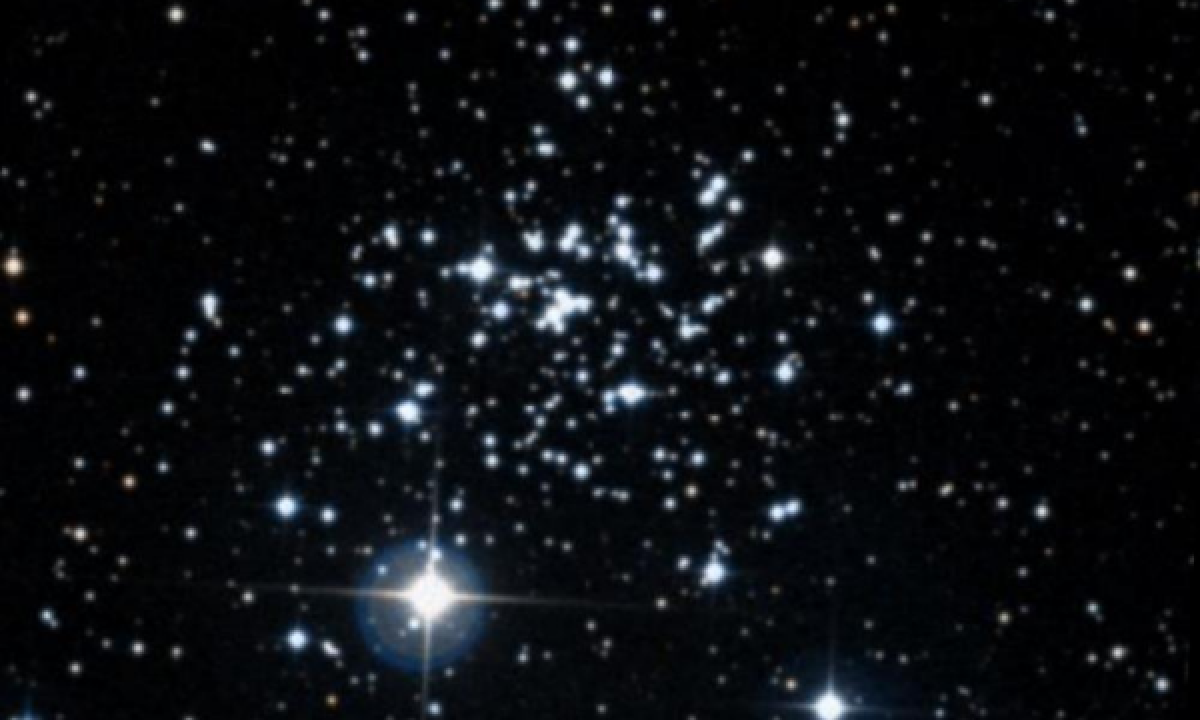The New General Catalogue of Nebulae and Clusters of Stars (abbreviated as NGC) is a catalogue of deep-sky objects compiled by John Louis Emil Dreyer in 1888. The NGC contains 7,840 objects, known as the NGC objects. It is one of the largest comprehensive catalogues, as it includes all types of deep space objects, including galaxies, star clusters, emission nebulae and absorption nebulae.
Know more about NGC
NGC 654

NGC 654 is an open cluster in the constellation Cassiopeia. It was discovered by William Herschel in 1787. With apparent magnitude 6.5, it can be observed by binoculars. It is located 2,5° northeast of the star Delta Cassiopeiae. In the same low power field can also be seen the open clusters NGC 663 and NGC 659. It surrounds a 7th magnitude yellowish star, an F5Ia supergiant, which is a possible member of the group. It is 2,400 parsec away. It is a very young cluster, aged approximately 15 million years, but it could be as old as 40 million years, with a time spread of star formation of at least ~20 Myr. The central region of the cluster shows less reddening than the rest of the cluster. One explanation is that between the Solar System and the cluster lie two dust layers, one at 200pc and one more at 1Kpc. Behind the cluster is one more dust layer. The cluster has approx. 80 members, including three Be stars and a few luminous stars like HD 10494 and F5Ia. The earliest spectral type is around B0. NGC 654 is assumed to form part of the stellar association Cassiopeia OB8, that is located in the Perseus arm of the Milky Way, along with the open clusters M103, NGC 663, NGC 659, and some supergiant stars scattered between them, all of them having similar ages and distances.
More Images:

Sources:
Wikipedia Page: NGC 654
NGC 654 at In-The-Sky website
